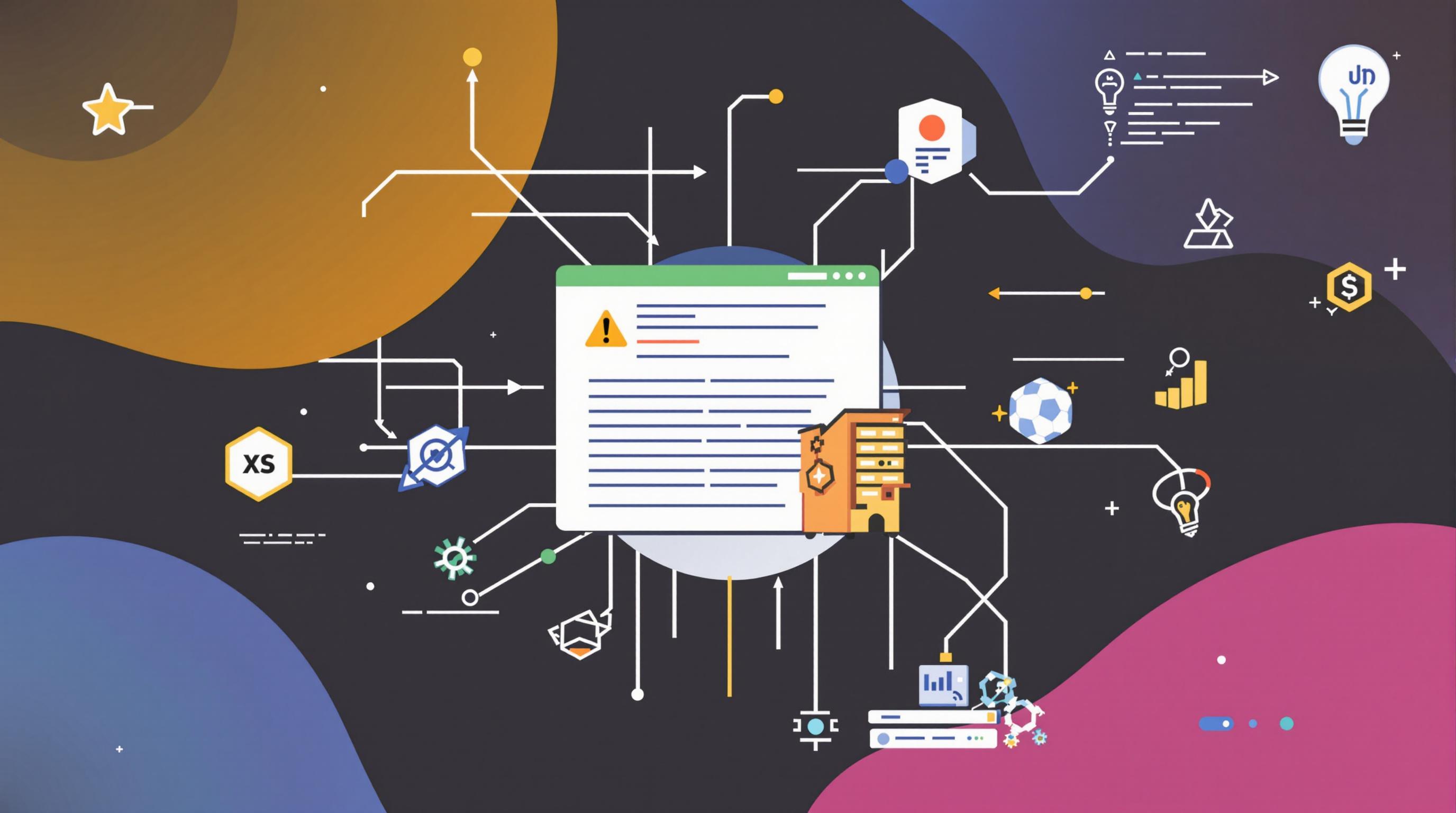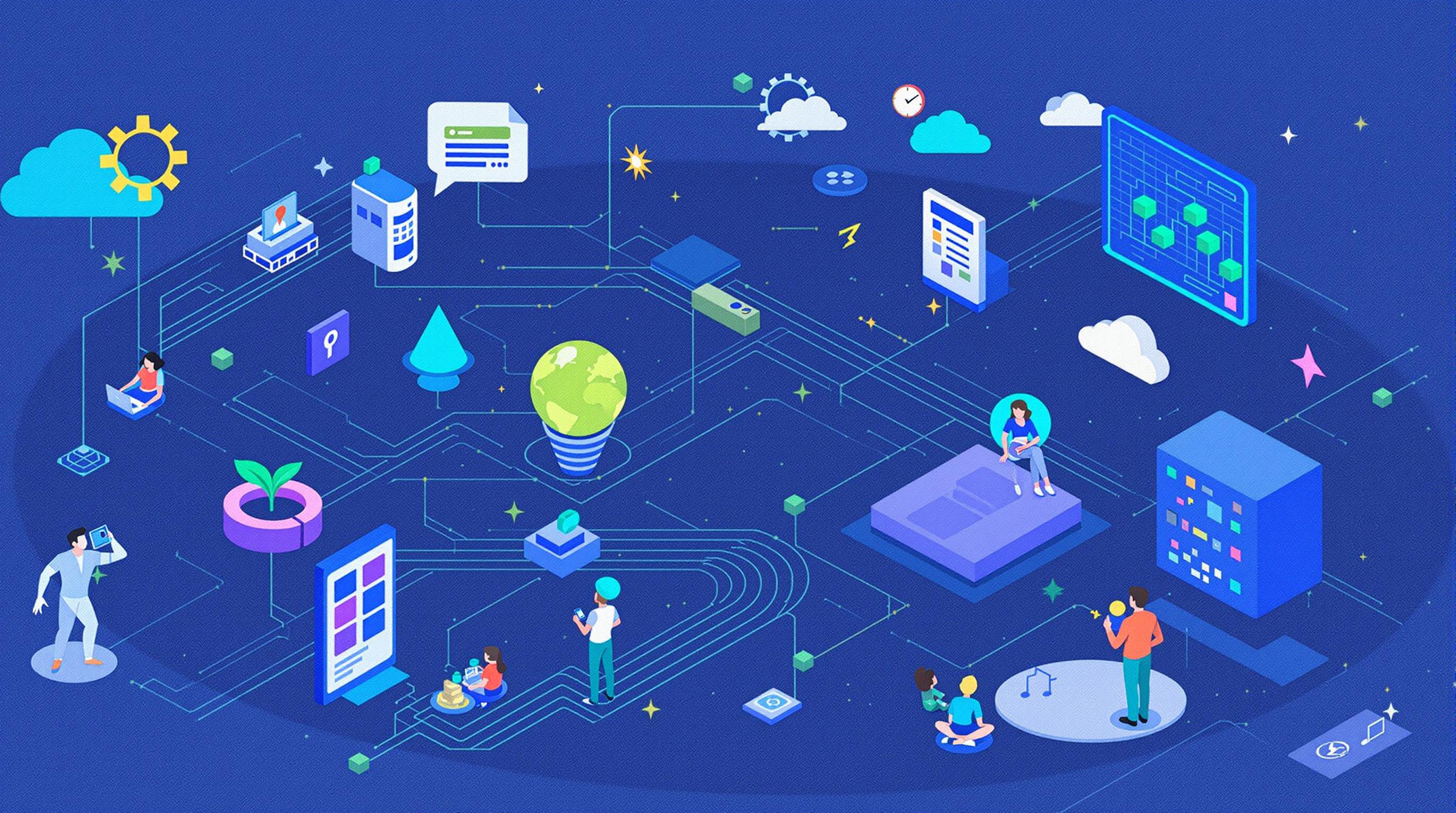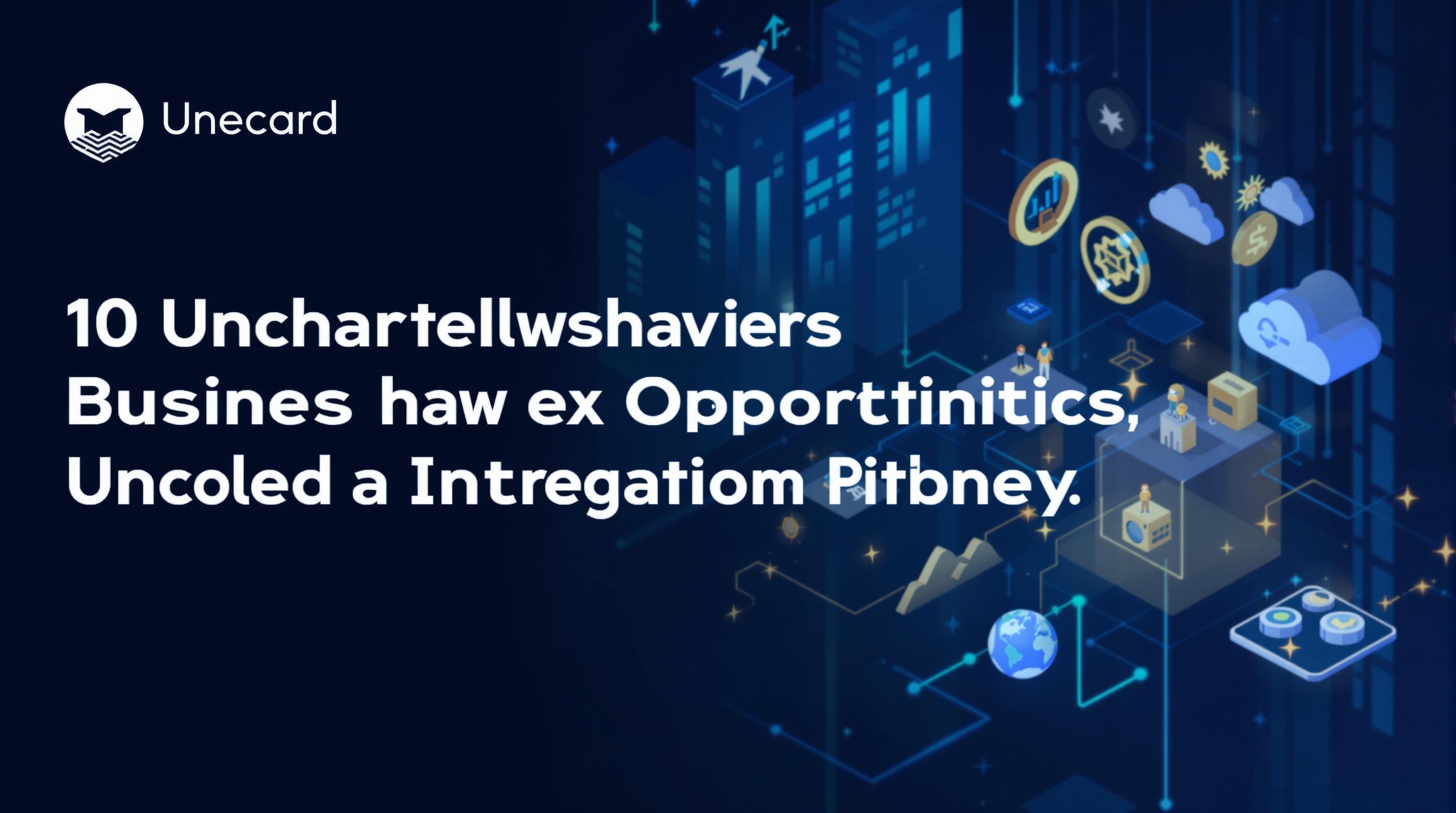Related Articles
- Unconventional Wisdom: Exploring Surprising Influencers Shaping Consumer Trends in 2023's Niche Ecosystems
- Beneath the Surface: Discovering the Unlikely Impact of Micro-Communities on 2023's Consumer Landscape
- Unexpected Catalysts: Exploring the Surprising Forces Influencing Subculture Trends in 2023
- Unmasking Influences: The Unlikely Narratives Behind Today's Obscure Market Trends and Consumer Choices
- The Paradox of Generosity: How Giving Can Lead to Unexpected Financial Gains in Competitive Markets
- The Unexpected Cost of Silence: How Communication Gaps Drain Resources in Organizations
7 Hidden Serverless Pitfalls That Can Derail Your Cloud Journey and Lead to Unexpected Challenges in Your Digital Strategy
7 Hidden Serverless Pitfalls That Can Derail Your Cloud Journey and Lead to Unexpected Challenges in Your Digital Strategy
7 Hidden Serverless Pitfalls That Can Derail Your Cloud Journey
1. Vendor Lock-In
One of the most significant challenges in adopting serverless architecture is vendor lock-in. Many serverless platforms offer unique features that can lead developers to create applications tailored to one specific vendor’s tools and services. This dependence can make migration to other solutions complex and costly, locking businesses into a long-term relationship.
Each cloud provider has its proprietary APIs, SDKs, and operational practices, which may differ substantially from one another. If a company decides to switch providers later on, they might need to rewrite significant portions of their codebase, which can lead to unforeseen delays and expenses.
To mitigate vendor lock-in, consider utilizing multi-cloud strategies, embracing open-source serverless frameworks, and designing portable applications that limit dependency on specific cloud services. A well-planned architecture can provide more options and flexibility in the long run.
2. Cold Start Latencies
Cold starts are a common occurrence in serverless computing, where the first request to a function takes significantly longer than subsequent requests. This phenomenon happens when serverless functions remain inactive for a certain period and need to be initialized upon the next invocation. For applications requiring real-time performance, cold starts can severely impact user experiences.
While some providers offer options to mitigate cold starts (such as provisioned concurrency in AWS Lambda), these come at additional costs. The trade-offs between cost and responsiveness can present a dilemma for businesses aiming to provide seamless performance.
To best account for cold starts, developers should evaluate their application’s tolerance for latency, potentially employing strategies like warming up functions or optimizing code to reduce initialization time, thus enhancing performance.
3. Debugging Challenges
Debugging serverless applications can be particularly cumbersome, especially due to their distributed nature. Traditional debugging tools might not integrate well with cloud serverless architectures, leading to difficulties in identifying and resolving issues effectively. As a result, developers may struggle to pinpoint the source of errors when they arise.
Additionally, serverless functions often generate logs that can become overwhelming. Sifting through extensive log data to find relevant information can lead to delays in fixing issues and ultimately impact business operations. The lack of direct server access further complicates monitoring and troubleshooting.
To improve debugging capabilities, invest in specialized logging and monitoring tools designed for serverless environments. By leveraging services that provide real-time insights, low-latency tracing, and improved error reporting, developers can enhance their ability to maintain robust and reliable applications.
4. Security Concerns
While cloud providers prioritize security, the unique architecture of serverless applications introduces inherent vulnerabilities. Each function operates with limited privileges, necessitating explicit API permissions. However, granting more permissions than required—whether inadvertently or not—can expose applications to potential threats and breaches.
Moreover, the shared responsibility model requires businesses to remain vigilant about their custom code, user data, and third-party integrations. Neglect in these areas can lead to security lapses and compromise sensitive information.
To bolster security, conduct regular security audits, implement strict identity and access management policies, and adopt best practices for code security. Training development and operations teams on potential security threats can also empower them to build safer applications.
5. Cost Management Issues
While serverless architectures can lead to cost savings by charging only for actual usage, unexpected costs can quickly accrue if resource consumption isn’t managed properly. Uncontrolled scaling can lead to skyrocketing bills, especially during traffic spikes or inefficient code execution.
Additionally, many businesses struggle to forecast costs accurately, as pricing models for serverless solutions can be complex and vary widely between providers. Ineffective monitoring can lead to unpleasant surprises at the end of the month.
To maintain control over cloud expenditures, implement robust monitoring and alert systems that track function usage and costs in real-time. Strategies like setting budgets, rate limits, and optimizing function execution can further ensure expenses remain within reasonable boundaries.
6. Performance Bottlenecks
Serverless applications are often perceived as faster and more efficient; however, they can encounter performance bottlenecks due to misconfigured resources or dependencies. A function’s performance could be impacted by resource constraints or inefficient code, leading to lag in processing requests or delays in service delivery.
Additionally, reliance on external APIs or databases can create latency issues, particularly if those services become overloaded or slow to respond. These bottlenecks can erode the advantages of cloud technologies and diminish user satisfaction.
To alleviate performance issues, proactively monitor application function performance, optimizing resource allocation and conducting regular performance testing. Identifying resource limits early can prevent potential roadblocks as the application scales.
7. Organizational Resistance
The transition to serverless architecture might face resistance within organizations. Some team members may prefer familiar, traditional architectures, perceiving the serverless approach as an unnecessary change. This resistance can stall cloud migrations and reduce overall innovation.
Moreover, lack of understanding regarding the benefits of serverless solutions can lead to skepticism about its value proposition. Education and effective communication about the advantages of serverless can help bridge the knowledge gap and build support for the transition.
Encouraging collaboration across teams, providing training opportunities, and showcasing successful case studies can significantly help overcome fear or reluctance toward adopting serverless solutions—ultimately paving the way for smoother cloud journeys.
Conclusion
Understanding these seven hidden pitfalls can empower organizations to navigate their cloud journey more effectively. By being aware of potential challenges such as vendor lock-in, cold starts, debugging difficulties, security issues, cost management, performance bottlenecks, and organizational resistance, businesses can devise well-informed strategies to mitigate risks.
Proactive planning and the implementation of best practices around serverless architecture are crucial. By leveraging the right tools and fostering a culture of collaboration and innovation, organizations can take full advantage of the new technologies available in cloud computing.
Ultimately, navigating the cloud landscape successfully requires continual learning and adaptation. Organizations that embrace the challenges presented by serverless solutions are better positioned to thrive in an increasingly digital world.




